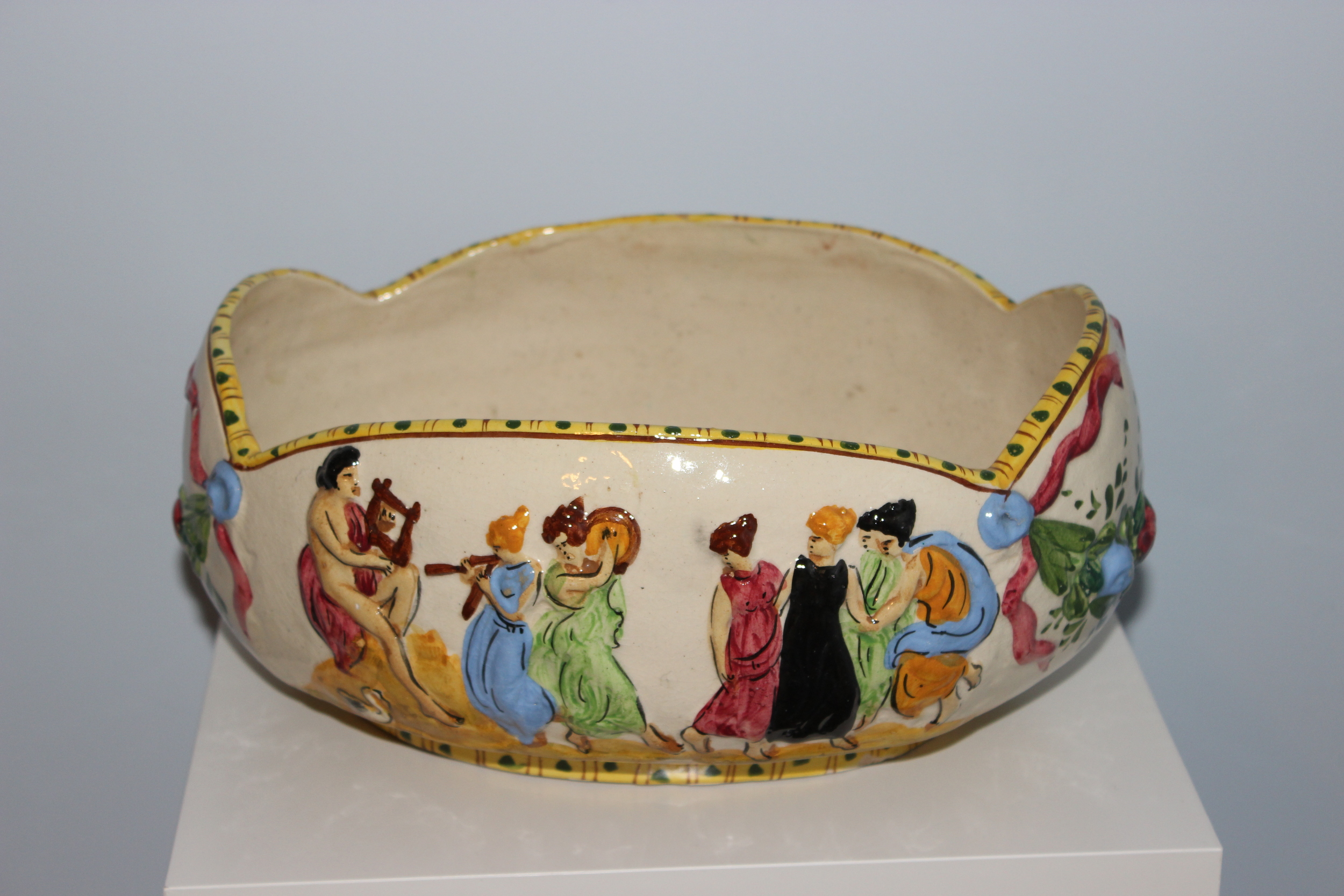On my recent travels in Maine, I acquired a signed etching at the Cabot Mills Antiques in Brunswick, ME. The store titled it "Tambourine Girl" and stated that it was signed by P.L. Pat. After a careful study of the signature, I decided that it was P. Le Rat and when I looked up this name online, I soon discovered that what I actually had was an etching by Paul-Edme LeRat, a French etcher noted for his interpretations of other artists paintings into etchings and engravings which were often used for book illustrations. Paul LeRat was born in Paris in 1849 and died still in Paris in 1892. He studied under Lecoq de Boisbaldran and L. Gaucherel and first exhibited at the Paris Salon in 1869. Today many museums and libraries include his works in their catalogs.
When I acquired the print it was already framed and it appeared that there might be some issues around condition. I took it to my framer and when we unframed it, we found that there were a number of problems. The etching had been glued to a backing board and a framing mat had also been glued on top. While the result is not perfect, re framed it looks very good and will hang with honour in our collection. I might note that when we removed the framing mat, we found that the etching was numbered "197". I did not get an opportunity to photograph the print while it was out of its frame but I have done my best to show the result. In the lower right hand corner, there is a small soldier like figure standing in front of a bench and there is also some printing at the base of the gypsy figure. I could not read this on the print itself, but it shows up well on enlargement and confirms that Paul LeRat was the etcher. I can only assume that the other name (L. LePorr ?) refers to the original artist who drew or painted the gypsy depicted, but I cannot find that name online. I would be very grateful if someone could identify who is being referred to here.
I would describe the print as depicting a gypsy woman holding a tambourine. The tones are soft, almost as if it were drawn in charcoal.

















































